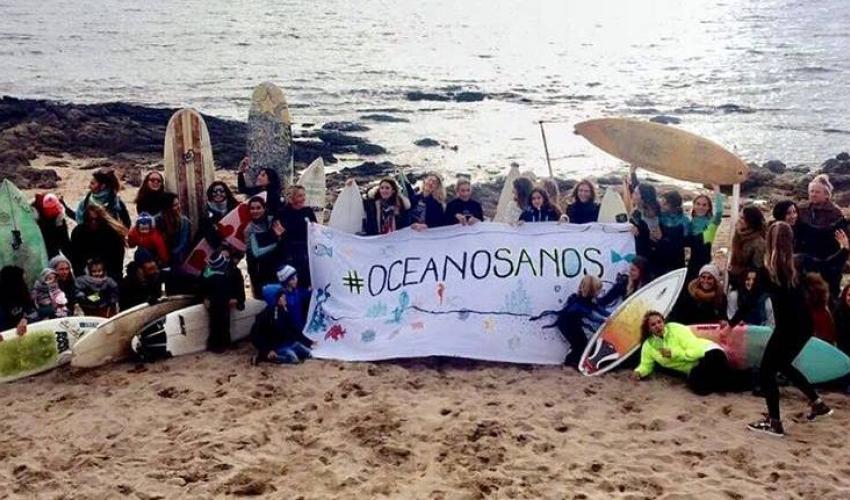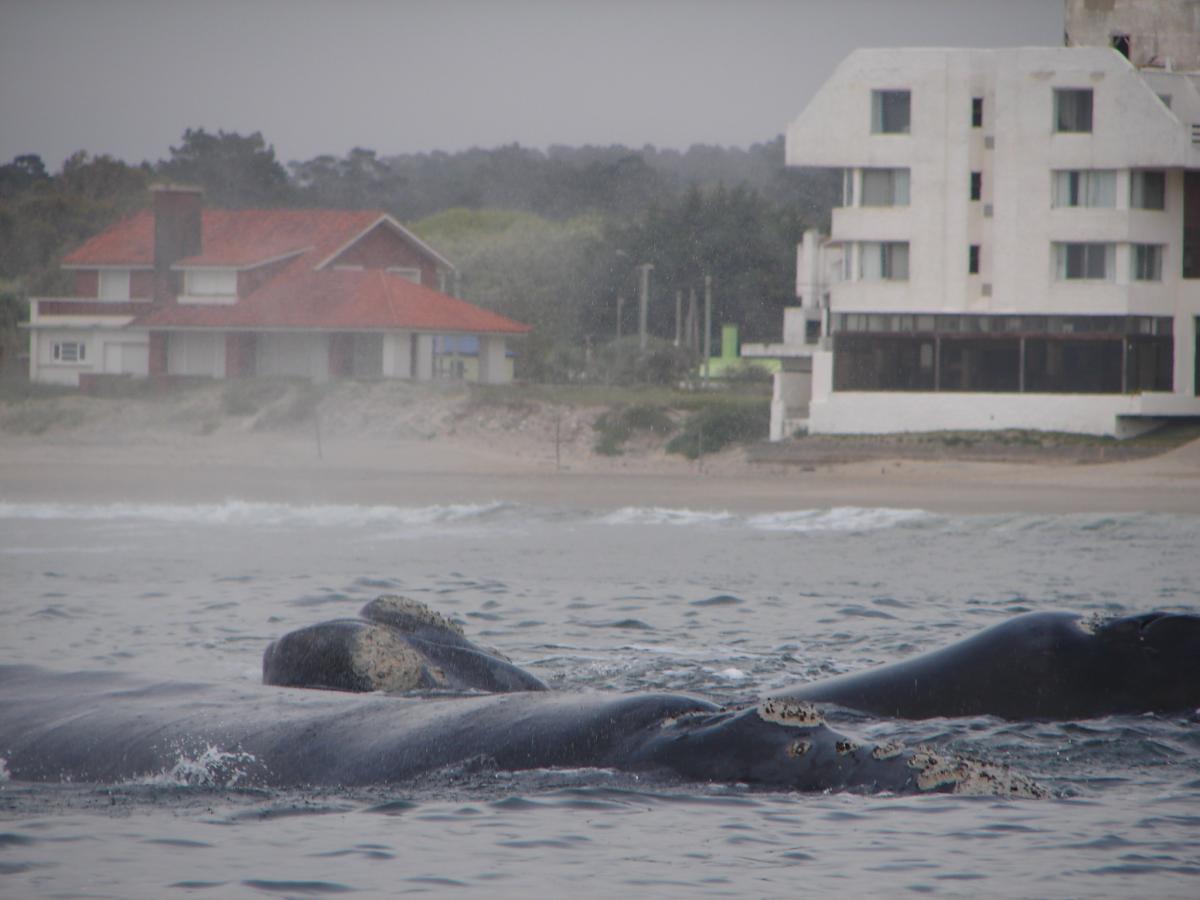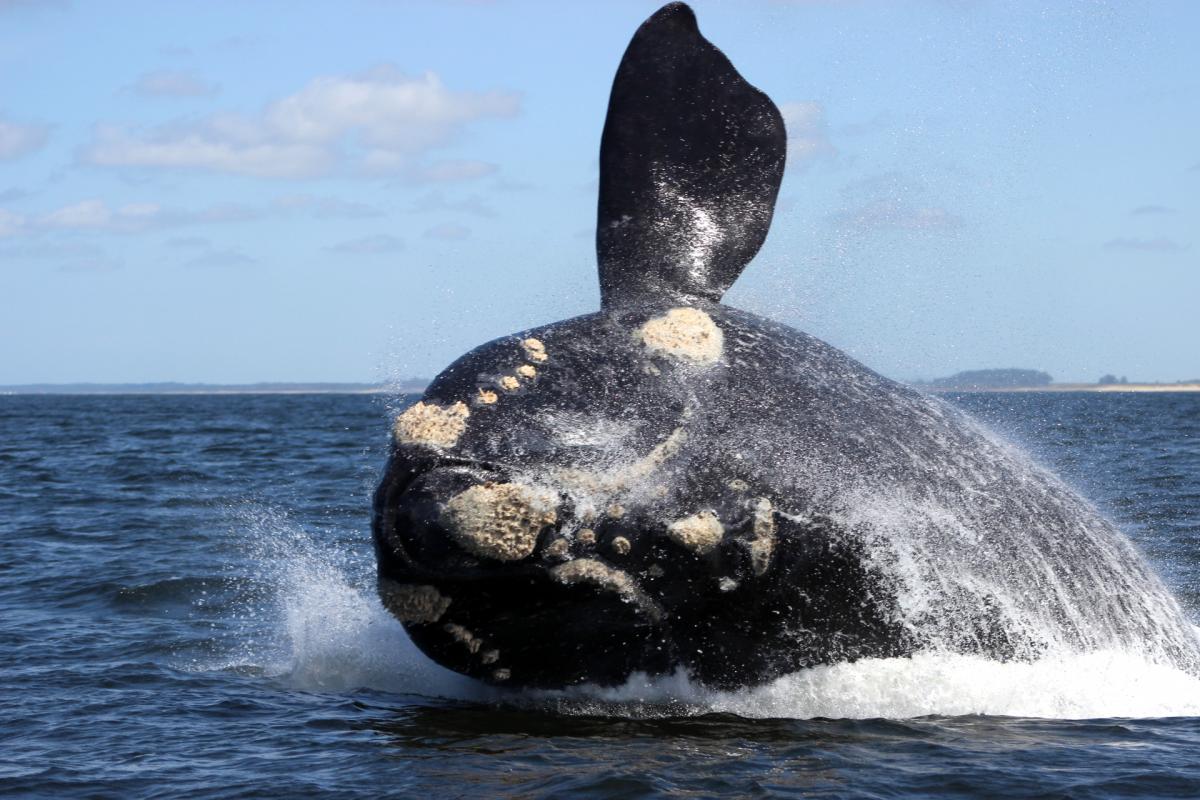A new approach to marine and coastal conservation in Uruguay
CEESP News - by Fiona Wilton, OCC-Uruguay
Over the last decade, OCC-Uruguay has developed a collaborative, participatory and youth-focussed approach to marine and coastal protection – a new approach to conservation in this South American country!
OCC (Organisation for Cetacean Conservation) is committed to the protection of at least 26 species of cetaceans, which are resident or migratory species in Uruguay’s territorial waters. The most common and predominant are: Right whale (Eubalaenasp), Bottlenose dolphin (Tursiopssp), Killer whale (Orcinus orca), and the endangered La Plata dolphin (Pontoporiablainvillei). There are also reported sightings of the Common dolphin, Sperm whales, Minke whales, Fin whales, Humpback whales, Pilot whales and different species of Ziphius.
Having identified the major threats to ocean and marine life along Uruguay’s Atlantic coast, OCC has worked to establish both the legislative foundations, inter-institutional and public support necessary for change. It has focused on promoting Uruguay’s territorial sea as a “Sanctuary for Whales and Dolphins” (National Law 19.129); and was instrumental in Uruguay’s return to the International Whaling Commission (IWC) after 22 years’ absence.
The journey started more than 15 years ago, led by OCC Director and Ashoka fellow, Rodrigo García Píngaro, with a successful campaign to establish the “Route of the Whale”, which was declared of National Interest by Uruguay’s Ministry for Tourism. This led to the installation of viewing platforms along the coast and the provision of educational materials. OCC has since delivered training to more than 400 tourism operators, to encourage respectful and informed whale-watching and marine activities, and over 50 guides have been accredited.
Media coverage has ignited a growing public awareness and interest in the migratory route of whales along the coast of Uruguay during springtime - extending the country’s classic two-month summer tourist season - and the country now celebrates a “National Day for the Protection of the Southern Right Whale” in October.
Getting Uruguay’s younger generation involved, as future ocean guardians, has been a powerful tool. Through talks, presentations and artistic events with local schoolchildren in coastal communities, OCC created a platform for Uruguayan youth to be the ‘voice’ for protecting marine mammals. The took primary schoolchildren from Uruguay’s Atlantic coast to the national government, and it was their passionate plea that resulted in the country’s territorial waters be recognised as a ‘Sanctuary for Whales and Dolphins’, with a legal decree passed in 2013 (Law 19.128/ 2013).
From rhetoric to reality is now the challenge – how to ensure that public enthusiasm and the goodwill of government authorities can translate into practical actions, so that the sanctuary is respected and forms the basis for coastal and marine protected areas. Despite Uruguayan territorial waters (125,057 km²) being declared a Sanctuary and economic exclusion zone, the ocean health and marine population is increasingly vulnerable. It is further aggravated with plans by Chinese investors for a large-scale fishing port in Montevideo, which threatens an influx of illegal, unreported and unregulated (IUU) fishing[1] – a bleak outlook for Uruguay and the Southwest Atlantic, one of the richest marine environments of the world.
Contact: Rodrigo García, OCC-Uruguay - rodrigo@occ.org.uy
For more information on OCC-Uruguay: https://www.facebook.com/OCC.Uruguay
[1] http://www.oceanactionhub.org/save-whale-sanctuary-uruguayan-waters-and-southwest-atlantic-region-threatened-chinese-and-iuu#comment-385
 Photo: Agus Trujillo
Photo: Agus Trujillo





